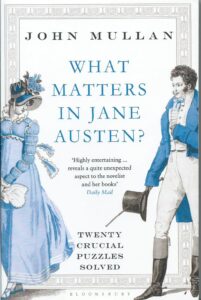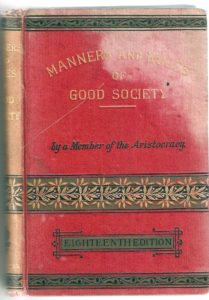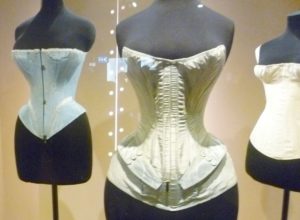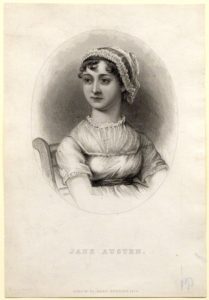The new exhibition, George IV, Art & Spectacle, at the Queen’s Gallery shows King George IV, our most ‘exuberant king’ as the tube posters have it, to be a mass of contradictions. The portrait by Sir Thomas Lawrence depicts him in all his royal Majesty – and we must remember that he was the King-in-Waiting for many years. George, Prince of Wales, had finally become Prince Regent in 1811 when his father, George III, finally succumbed to madness, and stayed in that difficult position until the king’s death in 1820. George III had been King for over 6o years and the previous coronation had been forgotten. The new George IV was determined that his coronation would be of unparalleled magnificence. Perhaps he felt that, after all that waiting, he was owed something in compensation.
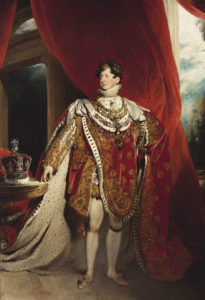
Sir Thomas Lawrence, George IV (1762-1830), 1821. Royal Collection Trust / (c) Her Majesty Queen Elizabeth II 2019.
George IV designed himself a magnificent Coronation costume. – he had good legs, why not show them off?
Continue reading George IV: Art & Spectacle
Please share this page...
